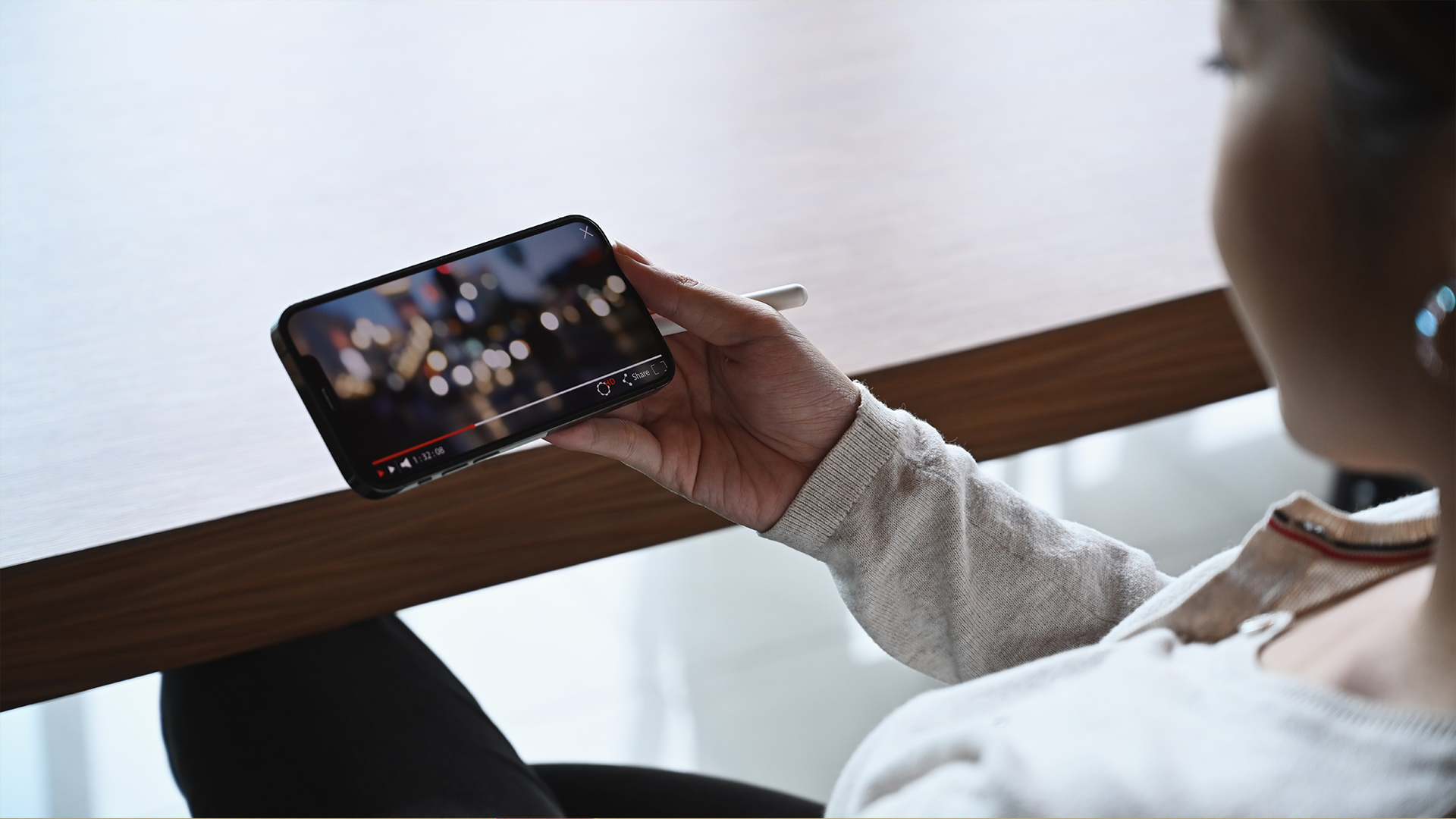Let’s be honest—monetizing short videos isn’t always straightforward. You might rack up views by the thousands, but turning those into real money? That’s another story. Enter affiliate links: the little clickable money-makers that promise passive income without needing brand deals or creator fund invites. But in 2025, do they actually deliver when used in short-form content?
Short answer? Yes, but only if you play it smart. Let’s dig into what works, what doesn’t, and how to turn those 15–60 seconds into commissions that don’t suck.
How Affiliate Links Work in Short Videos
An affiliate link is basically a special URL that tracks referrals. If someone clicks your link and buys a product (or signs up, or downloads, etc.), you get a small cut—anywhere from a few cents to a decent chunk of the sale.
The challenge with short-form content is obvious: there’s limited space, time, and attention. You’ve got to pitch, entertain, and direct someone off-platform, all in under a minute.
Most creators use affiliate links like this:
- In the bio link (Linktree, Beacons, etc.)
- As a pinned comment
- In the caption, if the platform allows clickable text
- Through QR codes on screen (less common, but clever on vertical screens)
Do People Actually Click?
Surprisingly, yes—but only under certain conditions. Here's what makes someone actually click your link after watching a short video:
1. The product is directly shown in the video.
No one clicks for a mystery item. If you're using it, wearing it, cooking with it, or unboxing it, you have their attention.
2. There's a clear benefit or transformation.
"Here's how I saved $100 on my electric bill with this one thing" works better than "this thing is cool."
3. You repeat where the link is.
Say it out loud (“link in bio”), show it on screen, and maybe even point to it. People need a nudge.
4. The product is affordable or solves a common problem.
Impulse-buy-friendly items convert faster than luxury goods.
TL;DR: If your video shows the product, explains what it does, and tells people where to click, you’re in business.
Best Niches for Affiliate Success
Some niches just work better with affiliate links, especially in the fast-scroll world of short video. These are the ones killing it right now:
- Beauty & skincare – People love seeing results, and product links are a no-brainer
- Home gadgets – Especially “TikTok made me buy it” type items
- Fitness gear – Foam rollers, resistance bands, supplements
- Tech accessories – Phone stands, ring lights, mic kits
- Budget lifestyle hacks – “Save money with this” content drives clicks
- Digital tools – Apps, AI tools, Chrome extensions (especially with free trials)
If your niche doesn’t include physical or digital products people can immediately buy or try, affiliate may not be your strongest monetization route—but it’s still worth testing.
Platforms That Support Affiliate Links (And Which Ones Don’t)
Here’s how things stand in 2025 when it comes to short-form platforms and affiliate linking:
| Platform | Bio Links | Clickable Captions | Pinned Comments | Swipe-Up/QR | Verdict |
|---|---|---|---|---|---|
| TikTok | ✅ | ❌ (mostly static) | ✅ | ✅ | Works well with Linktree or QR |
| ✅ (one link) | ✅ (but messy) | ❌ | ✅ (stories only) | Best with product tags | |
| YouTube Shorts | ✅ | ✅ (links are clickable) | ✅ | ❌ | Best overall for linking |
| Facebook Reels | ✅ | ✅ | ✅ | ✅ | Reliable with storefronts |
| ✅ | ✅ | ❌ | ✅ | Best for evergreen content |
Pro tip: Always track your clicks. Use UTM links or tools like Bitly to see what’s working.
What Kind of Videos Convert Best?
You don’t have to be a salesperson. But certain video formats just drive clicks better:
1. “What I Bought vs. What I Got”
Quick comparison videos with product links below. Think fashion, gadgets, or home decor.
2. Mini product reviews
If you can explain why it’s good in 20 seconds, you’re golden.
3. “Amazon Favorites” or “Under $25” lists
Roundups perform well because people like having options.
4. Tutorials that feature a tool
If the product helps them do something better—cook faster, sleep better, clean easier—they’ll want the link.
5. Unboxings or first impressions
Curiosity is high here. Include the link while the interest is fresh.
Bonus move: Use pinned comments to answer “where’d you get that?” before people even ask.
Common Mistakes That Tank Conversions
Let’s avoid the rookie traps:
- Forgetting to mention the product in the actual video – If it’s not shown or named, no one’s going hunting for it.
- Link buried five layers deep in a Linktree – Keep it direct.
- Overhyped products – If it disappoints, you lose trust.
- Spammy captions – Stuff like “BUY NOW” or “Click FAST” can get flagged or ignored.
- Posting too many links at once – Focus on 1–2 per video, not 15.
It’s all about clarity, trust, and matching the right product to the right audience.
How Much Can You Actually Make?
Affiliate earnings vary wildly, but here’s a rough idea:
- Amazon Associates: 1%–4% commission. A $20 gadget gets you maybe $0.80. It adds up with volume.
- ShareASale / Impact / CJ: These networks offer better payouts—sometimes $10 to $50 per signup.
- Digital products and SaaS tools: Up to 30% recurring commissions. If someone pays monthly, so do you.
Example:
A creator posts a 25-second video about a $40 LED mirror. It goes mildly viral with 250,000 views. If just 1% of viewers click the link and 10% of those convert (250 buys), that’s $250–$400 in commission depending on the program.
Not bad for a video you filmed in your bedroom.




